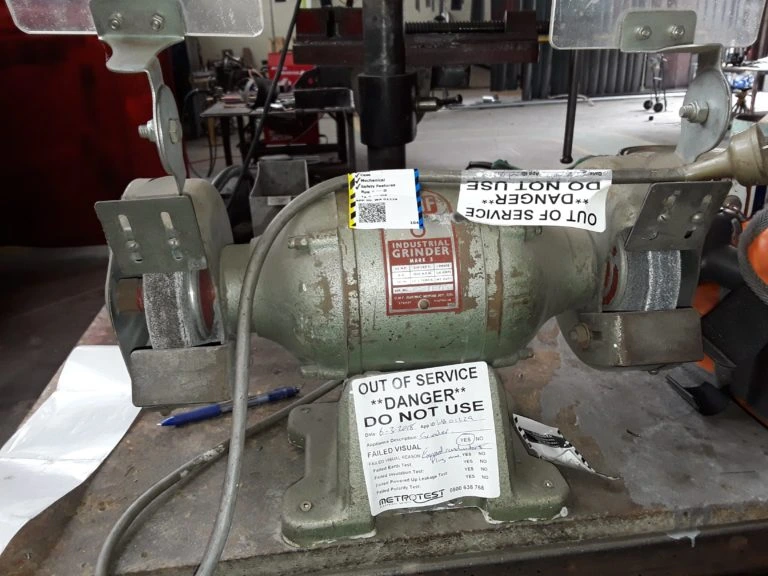
AS/NZS 3012:2019 Electrical installations- Construction and demolition sites.
You may have heard that there have been some changes to test and tag standards around New Zealand and Australia. This rumour comes around every so often and generally with no merit however there has recently been a new version of the AS/NZS 3012:2019 Electrical installations- Construction and demolition sites released. (For more information book our test and tag training)
The new version of this standard refers to some very important things and are well worth a mention and some further inspection.
Section 3 of this standard is titled “Verification”. This section refers to a multitude of electrical items that require testing however we are going to talk about the items referred to as “any other electrical equipment used on construction and demolition sites.”

Points of interest include the following:
3.5.1 General
The above mentioned clearly states that
“All other electrical equipment on site, including power tools, flexible cords, cord extension
sets and portable socket-outlet assemblies, shall be tested by a competent person in
accordance with Clauses 3.5.2 and 3.5.3, as appropriate, and inspected in accordance with
the methods of AS/NZS 3760, before being put into service and thereafter at intervals not
exceeding those listed in Table 6 of this Standard.”
So how do you do this and who can test and tag electrical equipment on a construction site?
The answer to this is partly mentioned above, the definition “competent person” has been taken from the AS/NZS3760.
A competent person is someone who:
who the responsible person ensures has the necessary practical and theoretical skills, acquired through training, experience or a combination of these, to correctly undertake the required tasks.
Section 3.9 refers to Documentation.
Previous versions did require records to be kept however did not set a minimum requirement for these whereas the new AS/NZS 3012 lists the below requirements as the minimum required:
- A register of all equipment.
- A record of formal inspection and tests.
- A register of repairs.
- A record of all faulty equipment.
- Records of construction wiring that include the following information as a minimum:
- Visual inspection date, checklist (in accordance with AS/NZS 3000 checklist).
- Continuity of earthing system:–values obtained for main earth, bonding earth and protective earth.
- Insulation resistance value.
- Polarity–checklist.
- Correct circuit connections–checklist.
- RCD—values for trip time.
Metrotest are pleased to advise that we always provide full records with a register of the equipment, clear pass and fail results and all results are downloaded directly from our testers which means you don’t have to worry about anyone providing false/fraudulent records.
If you don’t want someone else to touch your gear, we can help you with purchasing your own testing equipment and getting training to meet your competent person requirements.
If you would like to know more about test and tag equipment or training, you can contact us today.






